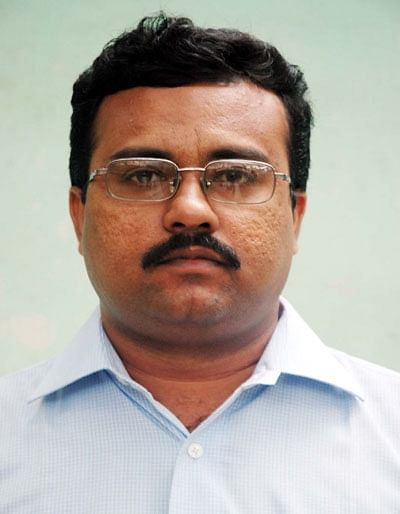
Risking strains in its relations with the United States, India on Monday inked an agreement with Russia to extend bilateral military technical cooperation and moved to expand defence cooperation between the two nations, citing challenges posed to its security by “unprovoked aggression” by China.
Defence Minister Rajnath Singh referred to China’s “unprovoked aggression” along its disputed boundary with India as he and External Affairs Minister S Jaishankar hosted their Russian counterparts for the first bilateral 2+2 dialogue in New Delhi on Monday – just hours before Prime Minister Narendra Modi’s summit with President Vladimir Putin.
Singh also noted India’s “enhanced requirement” of military and military-technical cooperation with Russia to meet the emerging challenges it was confronted with.
In addition to a pact for extending bilateral military-technical cooperation for another decade from 2021 to 2031, the two sides also inked a contract for manufacturing of 6,01,427 AK-203 rifles in India. The rifles, manufactured by the Indo-Russian Rifles Private Limited at Amethi in Uttar Pradesh at a cost of over Rs 5,000 crore, will replace the Indian Army’s standard issue INSAS rifles.
New Delhi agreed with Moscow to expand bilateral defence cooperation, even as its October 2018 deal to procure five S-400 air defence systems from Russia for an estimated cost of Rs 39,000 crore put India at the risk of being placed under United States curbs under the Countering America’s Adversaries Through Sanctions Act (CAATSA). Though India of late started taking delivery of the S-400s from Russia, President Joe Biden’s administration remained non-committal on granting it a waiver from the US CAATSA sanctions.
Jaishankar and Singh had the inaugural 2+2 dialogue with Russian Defence Minister Sergey Shoigu and Foreign Minister Sergey Lavrov ahead of Prime Minister Narendra Modi’s summit with President Vladimir Putin.
Singh said that the Covid-19 pandemic, extraordinary militarisation in the neighbourhood and unprovoked aggression on its northern border since early summer of 2020 had thrown up several challenges for India. He added that India was confident of overcoming challenges facing it with strong political will and inherent capability of its people. “India seeks partners that are sensitive and responsive towards its expectations and requirements,” said the Defence Minister.
“Our ties have been close and time-tested. In a world that has changed so much, they have been exceptionally steady,” said the External Affairs Minister.
The soldiers of the Indian Army and the Chinese People’s Liberation Army (PLA) are currently engaged in a military stand-off along the Line of Actual Control (LAC) – the de facto boundary between the two nations – in eastern Ladakh. The stand-off started when the PLA deployed a large number of troops in an apparent bid to change the status quo along the disputed boundary, push the LAC westward and encroach upon the territory of India. The Indian Army responded with counter deployment, resulting in a stand-off, which reached a flashpoint on June 15, 2020, when a violent clash took place in Galwan Valley. The Indian Army lost 20 of its soldiers, while the Chinese PLA acknowledged several months later that four of its personnel had also been killed in the incident.
Singh visited Moscow in June and September 2020 and had meetings with Shoigu as China’s aggression on the LAC prompted India to seek emergency purchase of some military hardware. Russia also quietly played a mediating role between India and China. Moscow was the venue for back-to-back meetings Singh and Jaishankar had with their respective counterparts in the Chinese government, Wei Fenghe and Wang Yi, on the sideline of a meeting of the Shanghai Cooperation Organization (SCO) in September 2020.
The protracted negotiations between diplomats and senior military commanders of India and China resulted in mutual withdrawal of front-line troops by the PLA and the Indian Army from the northern and southern banks of Pangong Tso in February and from the Gogra Post in August this year. The two sides, however, could not agree on disengagement in other remaining face-off points along the LAC.
What caused a bit of unease in New Delhi’s relations with Moscow was the deepening strategic convergence between India and the US in the Indo-Pacific region in the wake of the stand-off between the Indian Army and the Chinese PLA in eastern Ladakh. India and the US also joined with Australia and Japan to launch the Quad and to respond to growing belligerence of China.
Singh and Jaishankar earlier on the day hosted Shoigu and Lavrov for separate one-to-one meetings.
Check out DH's latest videos:
